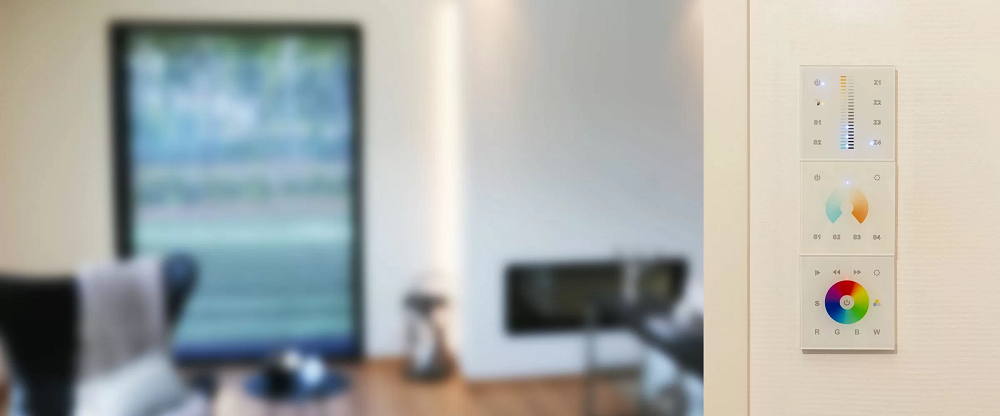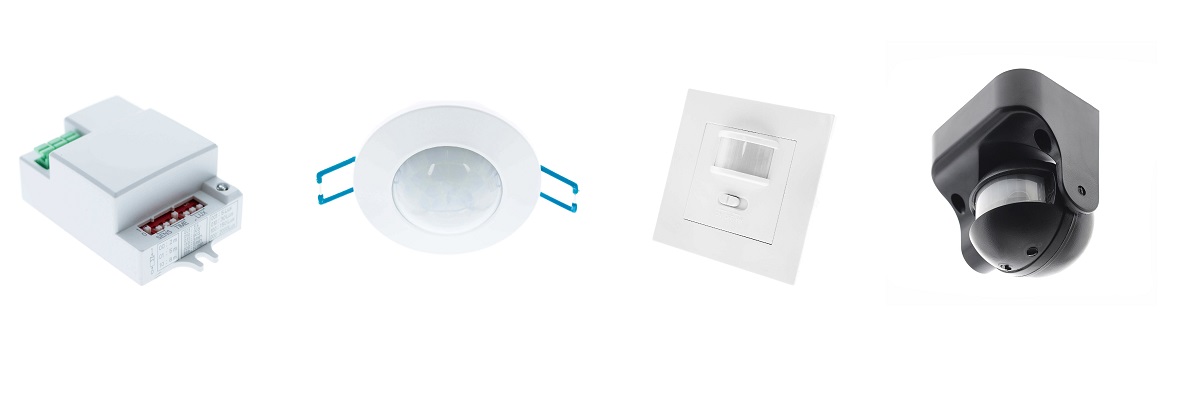Saving electricity with lighting is easier than you might think. When considering lighting for your home, remember that lighting is not just about comfort, but also about cost-effectiveness. You’re probably aware that lighting can make up a significant proportion of your electricity bill, so it’s worth switching to LED bulbs, which not only consume little energy but also save significant amounts of energy.
Advantages of Led Lighting
LED lighting has several benefits. Let’s take a closer look at its main benefits.
LED lights consume less energy
Firstly, LED lamps consume less energy than conventional lamps, saving both money and the environment. By replacing traditional light bulbs with LED bulbs, you can significantly reduce your electricity consumption and save money.
LED lights last longer
The longevity of LED lamps is another major advantage, reducing the need for frequent lamp replacement. They last up to 50 000 hours, while ordinary light bulbs need to be replaced almost every year. This reduces maintenance costs and saves effort
LED lights produce less heat
LED lights also produce less heat than other lamp types, which can help save on air conditioning costs.
LED lights provide bright light
Finally, LED lights offer better efficiency, i.e. more light is produced in relation to consumption than conventional light sources. When it comes to light output, LED lamps shine brightly. You get the same light output using less energy. For example, a 5W LED bulb can produce as much light as a 35W conventional bulb. This means that the light does not waste energy unnecessarily and you are one step closer to saving more electricity.
The undeniable benefits
The benefits of LED lighting are undeniable. These energy-efficient lamps consume significantly less electricity than old halogen and incandescent lamps. By using LED bulbs, you save energy and at the same time reduce your electricity bill.
LED lighting is a smart investment for your wallet and the environment. Switching to LED lamps is a simple step towards more efficient and responsible energy use.
Saving electricity with lighting – the smart way
By managing your lights intelligently – for example with timers or smart systems – you can make sure they’re only on when you need them. Proper design is key; it’s not just about lamp choices, but also about designing your lighting plan. By optimising your use of light, you reduce your energy bills and at the same time extend the life of your luminaires.

Intelligent lighting
After purchasing LED lighting, you can take the next step in saving electricity by learning about intelligent lighting management, which helps you optimise lighting and reduce energy consumption even further. Intelligent lighting management allows you to remotely control, schedule and adjust lights, saving electricity by automatically turning lights off at times when they are not needed.
Movement matters
Motion sensor lights improve energy efficiency by illuminating outdoor areas only when motion is detected. You can also dim the lights or use dimmer switches to reduce electricity consumption. By paying attention to proper lighting design and using intelligent lighting management, you maximise energy efficiency and reduce wasted lighting.

| Feature | Benefit | Saving tip |
|---|---|---|
| Scheduling | Avoid unnecessary lighting | Saving tip: turn off the lights at night |
| Business ID | Lights only come on when needed | Install on exterior lights |
| Dimmer switches | Lights turn off automatically | Make the most of natural light |
| Remote control | Control lighting anywhere | Turn off the lights remotely |
| Dimmers | Save energy by reducing brightness | Use as needed |
Remember that incandescent light bulbs convert a large proportion of electricity into heat, so energy-efficient options such as LEDs, combined with smart lighting management, will save both electricity and money in the long run, despite fluctuations in electricity prices.
The importance of a lighting plan
To improve your energy efficiency, it is important to have a careful lighting plan that optimises the placement of luminaires and minimises wasted energy. Once you understand how a lighting plan can affect your electricity consumption, you’ll realise that lighting doesn’t have to be on all the time when you’re away. Here are four important points to help you save energy:
- Optimise the placement of luminaires: install lighting strategically according to your needs. This way, you get even lighting without unnecessary energy consumption.
- Avoid wasted energy: turn off lights in rooms where you are not staying. This is an easy way to reduce energy consumption.
- Take advantage of natural light: Place workstations close to windows and use curtains to adjust the ratio of electric to natural light effectively.
- Use timers and motion sensors: these allow lights to be on only when needed, reducing unnecessary energy consumption.
By following these guidelines, you will achieve a balance between power and lighting needs, and keep your electricity bills under control.
The impact of lighting on the energy bill
We talk about this all the time because it is important. You’ll see your energy bills go down when you switch to LED lighting, as these energy-efficient bulbs directly affect the amount of electricity you use for lighting. Here’s how this change will affect your energy balance:
- Increased efficiency: LED lights are energy efficient and produce more light than older bulbs with the same amount of energy. They convert more energy into light and do not waste it as heat.
- Reduced energy consumption: by using LED lights you can save up to 80% of the energy used for lighting. For example, a typical private household could reduce consumption by 1 500 kWh per year. So if your house has 25 50W bulbs (halogen or incandescent) and you use them for an average of 4 hours a day, your energy consumption is lighting:
With conventional lamps : 25 x 50W x 4h x 365pv = 1825kWh
With Led lamps: 25 x 9W x 4h x 365pv = 329kWh - Reduced replacement costs: although the initial purchase price may be higher, LED lights last longer. This means you won’t have to buy bulbs as often, saving you money both now and in the future.
- Intelligent use: for example, by adding motion sensors, lights are only on when needed, further reducing consumption.
Frequently asked questions
How does colour temperature affect electricity saving in lighting?
Temperature itself does not directly, but the psychology of colour affects the mood of a room, and with the right temperature settings you can optimise energy consumption.This is because using cooler lights with high colour rendering when working means you can see better. In warm lighting, you may feel that you need to increase the amount of light to see better. Special lights (temperature-controlled) and LED technology play a key role, as they allow you to adjust the intensity and hue of the light, making them energy-efficient choices.
Can I use old dimmers with LED lamps?
Yes and no. You can’t always use old dimmers with new energy-efficient LED bulbs. You may encounter compatibility problems with dimmable LED lights. Existing dimmers may need to be upgraded to accommodate new bulbs and light intensity adjustments. It is best to follow the advice of your electrician to avoid unnecessary upgrades.
What subsidies or grants are available to improve the energy efficiency of home lighting?
You may be eligible for various subsidies or grants to improve the energy efficiency of lighting in your home. Find out about government grants and research opportunities, take advantage of energy certificates and look into tax deductions. Compare financing options, use household deductions and local incentives. EU funding opportunities may be available, as well as energy savings certificates and cooperation with energy service companies, which can improve the chances of project financing.
How does the amount of lighting affect people’s well-being and productivity in the workplace?
The right lighting strategies can improve your well-being and work efficiency. Making the most of natural light and ensuring visual comfort through ergonomic lighting design improves concentration and efficiency. The right light intensity and mood lighting can reduce eye strain and regulate your circadian rhythm. Incorporating daylight simulation into your workspace will keep you refreshed and reduce fatigue, while tailored lighting strategies like these directly support your task performance and overall mood.
Conclusion
By brightening up your home with LED lights, you benefit from longevity and reduce your electricity bills. Smart systems make saving easier by simplifying switching and dimming. Choose strategically smart solutions for significant savings; remember, the right spark brings rewards. Wise choices of watts will cut costs significantly, reflecting a comforting glow in your energy bill. Embrace efficient lighting; it’s not just about light, but about an enlightened approach to energy management.

